Published in 2018 by The Rosen Publishing Group, Inc.
29 East 21st Street, New York, NY 10010
Copyright 2018 by The Rosen Publishing Group, Inc.
First Edition
All rights reserved. No part of this book may be reproduced in any form without permission in writing from the publisher, except by a reviewer.
Library of Congress Cataloging-in-Publication Data
Names: Schmermund, Elizabeth, author.
Title: ISIS and the Yazidi genocide in Iraq / Elizabeth Schmermund.
Description: New York, NY : The Rosen Publishing Group, Inc., 2018. | Series: Bearing witness: genocide and ethnic cleansing | Includes bibliographical references and index. | Audience: Grades 7-12.
Identifiers: LCCN 2017013195 | ISBN 9781508177302 (library bound) |
ISBN 9781508178682 (paperback)
Subjects: LCSH: IS (Organization) | YazidisCrimes againstIraq. | GenocideIraq.
Classification: LCC DS70.8.Y49 S36 2018 | DDC 956.7044/31dc23 LC record available at https://lccn.loc.gov/2017013195
Manufactured in the United States of America
On the cover: An unidentified ISIS fighter stands outside in the open while holding a flag. ISIS made a name for itself by publicizing its brutal tactics on social media.
Contents
L andlocked in western Asia, Iraq is the site of the earliest complex civilizations in human history. These civilizations were built between the great Tigris and Euphrates Rivers approximately six thousand years ago in modern-day Iraq. In this region, historically known as Mesopotamia, the great Sumerian and Akkadian cultures flourished. These early cultures developed the first writing system, cuneiform, and began written history as we know it. They also developed the first organized city-states and coded law and began studies into mathematics, astronomy, and medicine. Contemporary western civilization owes a great deal to these early peoples.
Important contributions from ancient Iraq are often overlooked in the face of the crises that modern Iraq has faced and still faces. Many of these modern crises draw from tensions between the different cultures and peoples who have inhabited the land for thousands of years.
Iraq is home to many indigenous peoplesincluding groups, like the Assyrians, who can trace their heritage back to the ancient Sumerians and who make up around 5 percent of the population. There are also many Kurds, an ethnic group native to the Middle East, in northern Iraq. They make up 10 to 15 percent of the population of Iraq. Yet another ethnic group in Iraq are the Arabs, who first came to the country in the 600s with the first Muslim conquest and who make up around 80 percent of the population.
Yazidis are part of the Kurdish population but count themselves apart because of their religion. That religion, Yazidism, can be traced back to ancient Mesopotamian religions, and Yazidis have kept their way of life through living in small, close-knit communities. Outsiders cannot convert to Yazidism, and the Yazidi isolation from other populations in Iraq has unfortunately contributed to a substantial misunderstanding about them, especially their beliefs. Yazidis are often looked down on because they worship a figure named Melek Taus, who is known as the peacock angel.
The Yazidis beliefs have historically led them to face persecution. In fact, the Yazidi people have endured seventy-two genocidal campaigns against them. One particularly dangerous period occurred in the 1980s, when Saddam Husseins regime took over thousands of villages, displacing many thousands of Kurds, Yazidis, and other minorities. Then his regime committed genocide against, or systematically killed, approximately one hundred thousand people. More recently, in 2014, an Islamist terrorist organization called the Islamic State of Iraq and Syria (ISIS) killed five thousand Yazidis and captured many more as slaves. They also chased away many Yazidis from their native land. Although this more recent campaign of genocide captured the worlds attention and led to increased resistance against ISIS, the Yazidis plight continues.
Learning about the history of Iraq and the complexity of its demographics can help people understand how such an environment can enable various conflicts to emerge, including genocide. Learning those lessons can lead to preventing it from happening again there and in other places. That is why we must remember the atrocities that befell the Yazidis, study the events that preceded those horrors, and work toward and hope for peace in Iraq.
I raq is a country that has had a tumultuous political history. For hundreds of years, it was part of the Ottoman Empire, a vast Turkish empire that ruled over much of the modern Middle East until World War I. It was then that Britain imposed on Iraq a monarchy whose head was an ancestor of the Islamic prophet Muhammad. Iraq gained full independence in 1932, but its independent monarchy would be overthrown on July 14, 1958. The years that followed would not be free of conflict by any means.
SADDAM HUSSEIN SEIZES AND MAINTAINS POWER IN IRAQ
In the twenty years after Iraqs monarchy was overthrown in a military coup detat, it teetered between civilian and military rule. Saddam Hussein took control of the government of Iraq in 1979.
From the early years of his presidency, Hussein engaged his country in multiple wars: first against Iran from 1980 until 1988 and then against Kuwait in 1990. These wars led to increased tensions not only between Iraq and the international community, but also within Iraqs many ethnic and religious communities because of ethnic identities.
In 1983, the Kurdish population in northern Iraq began a large-scale rebellion against the Iraqi government. They thought that if Husseins government was already weakened by one war, they could more successfully fight for control over the space in northern Iraq where they resided. The Kurds used light weapons to fight a guerilla-style war against Iraqi troops. They proved to be ineffective against the organization and greater military power of the Iraqi Army.
In retaliation for this rebellion, Hussein used brutal tactics against Kurdish civilians beginning in 1988. Called the Al-Anfal campaign, Hussein launched chemical attacks across Kurdish villages in northern Iraq, killing thousands of civiliansmen, women, and children. He also used concentration camps, torture, and mass executions to keep control over the Kurdish population.
WHO ARE THE SUNNIS AND SHIAS IN IRAQ?
Iraq's majority population is Arabs who follow Islam, the religion that developed in modern-day Saudi Arabia in the sixth century. Islam is a monotheistic religion, and its followers believe that there is one God, Allah. They also believe that the words of God were dictated to the prophet Muhammad, and that those words are revealed in the Islamic holy book the Quran. As of March 2017, there are more than 1.7 billion followers of Islam, called Muslims, around the world.


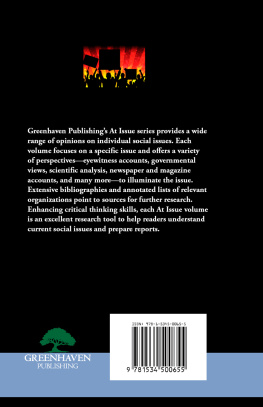




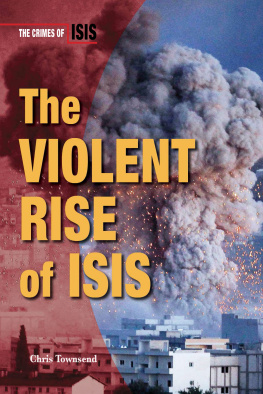
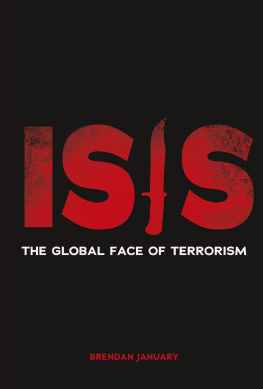
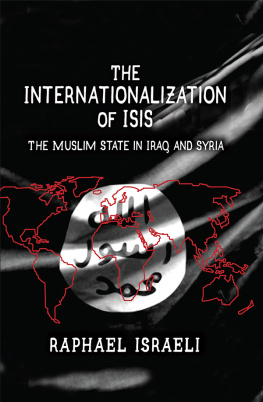
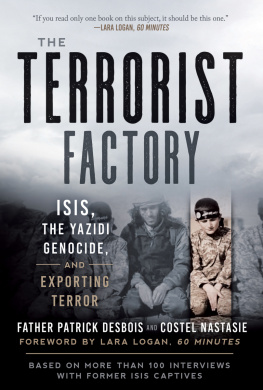
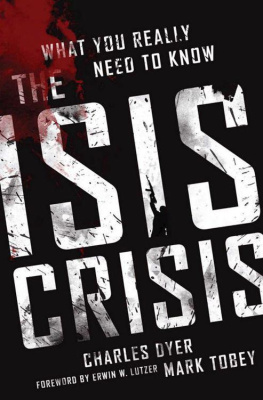



.jpg)

